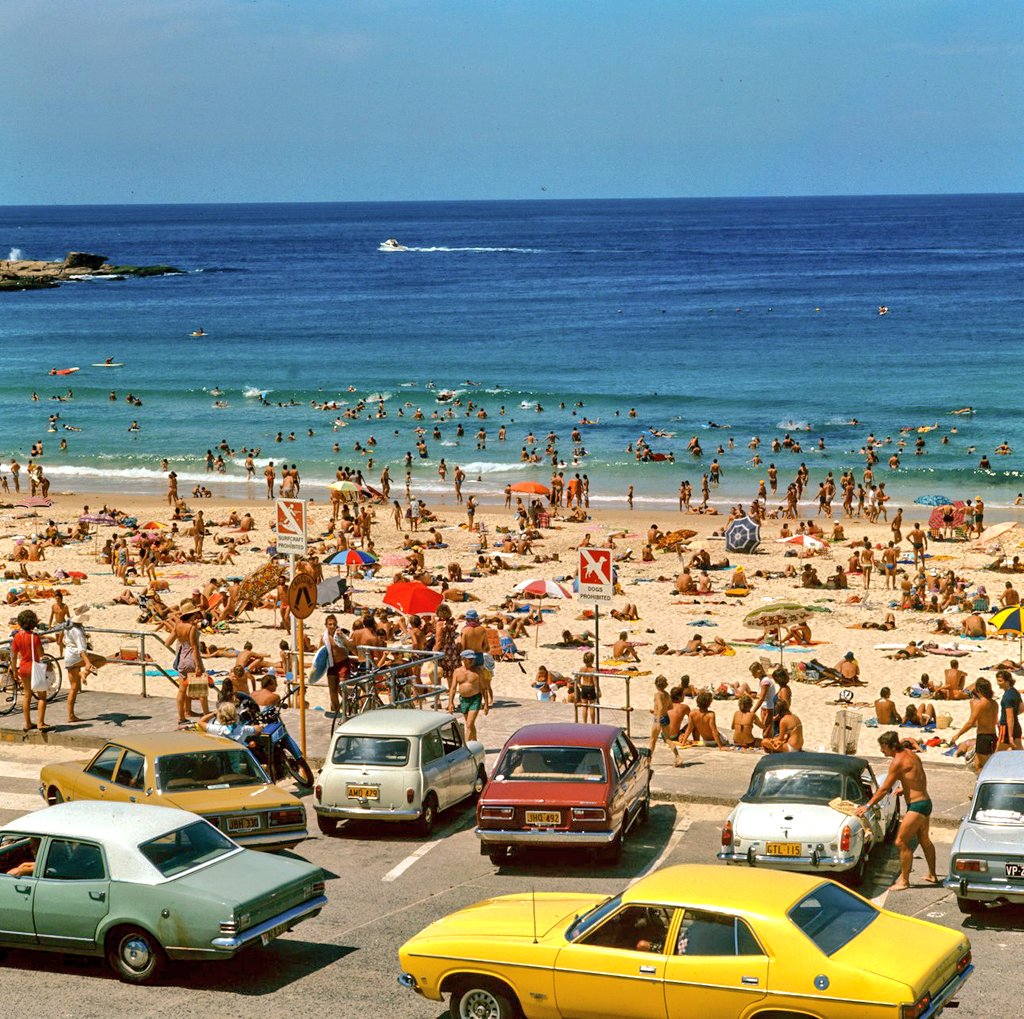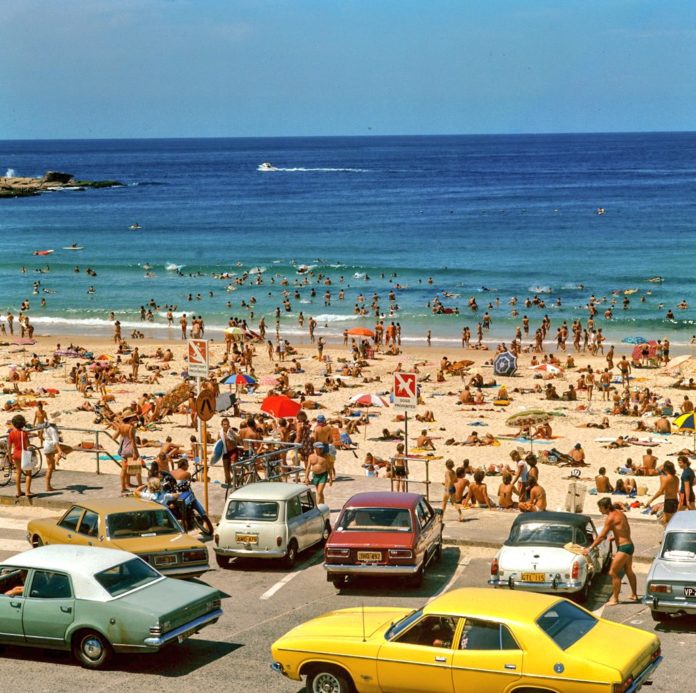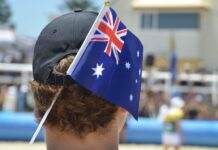
The Golem
Does the Australian Nationalist Movement have a clear policy on race? Obviously, it does not. What it has is a variety of attitudes and positions that vary significantly from person to person and sub-group to sub-group. And those attitudes range across a fairly wide spectrum. So much so, that the differences in view form a significant dividing line between those at either end of that spectrum, making it impossible for those at opposite ends to reach any sort of compromise or to be able to come together as a cohesive movement. What all Australian nationalists should be able to agree upon though, is that this division is a major negative issue for us as a whole movement, and that if it is not resolved there will be no unity within the movement. And, if the movement does not unite it is certain that it will remain a small, fractured and therefore weak movement.
A nationalist house divided must, as a matter of simple logic, be something that our enemies would hope to see continue, and that they would foster and encourage at every opportunity. If the movement is to attain political unity, which it must do in order to survive and achieve any of its objectives, then there is going to have to be change. Everyone, or at least some of us, are going to have to move from our current position to a new one. It may mean that everyone has to give something to get something; that we may all need to compromise. But all too often, what we have seen instead is a determination by one side of the debate to hold out and outlast the other. In other words, I refuse to budge and you can choose to come and join me or go to hell. The problem is, of course, that an attitude like that tends to inspire a reciprocal response, which pretty much describes the last fifty years of Australian nationalism in one sentence.
These are big issues. Issues of great importance, and which therefore must not be lightly or easily compromised. We need to get this policy right, and we need to get it right now, before we attempt to move on to anything else, because racial policy lies close to the centre of what is dividing us.
A Framework
Before we can begin any meaningful discussion of what is ‘in’ and what is ‘out’, we need to start by constructing a framework within which these discussions can take place. Arguably, the best way to do this is by setting down a list of those things which are unanimously agreed to by all nationalists. We should start small and simple and carefully define the context in which we can later deal with the more vexed issues; the ones that are keeping us divided. But we need to start be identifying what brings us together and work from there.
I want to suggest that Australian nationalism needs to start by agreeing on what it is that is the single and overarching most important issue for Australian nationalism. Whatever that issue is, it should capture the essence of the movement’s rationale, and be clearly definable enough so that it can be written down in one or two clear and simple sentences that make a simple and unambiguous statement of what that issue is. If we cannot agree on this most fundamental thing, then we probably will not be able to move beyond our current position of disunity.
The Fourteen Words
I’m going to suggest what I think is a strong contender for that statement of central issue to Australian nationalists. It is this:
“We must secure the existence of our people and a future for white children.”
Hear the howls from the left when they find out that a united Australian Nationalist Movement has declared the 14 words as their core policy statement! But, you know what? I really could not care less what the left thinks. Neither do I care what the United Nations thinks, or Donald Trump, or the Pope, or the Australian Liberal Party or the Australian Labor Party, or the Sydney Morning Herald, or The Age, or the ABC, etc. Their opinions and reactions to what Australian Nationalism decides represents our central policy is of no concern to us. “What will the neighbours think?” “Screw what the neighbours think. It’s none of their damn business!”
Of course, we don’t have to say the fourteen words with a blind dogmatic devotion. That would be unhelpful. We, the Australian people, must be the sole arbiters of what represents our core policies. We could, for instance, paraphrase the 14 words into something uniquely Australian, such as:
“We must secure the existence of the Australian people and a future for Australian children.”
Is this version fundamentally different to the original? I don’t think so, but I am sure that there will be enough in it to have some nationalists arguing with others until the country is finally completely lost.
Whichever form it takes, the above statement is a rather succinct statement of what is the most important thing to Australian nationalism. That is why the original version by David Lane has maintained such a strong currency over so many years. It captures an essential truth and states it simply.
Perhaps we will come up with some entirely different statement of what represents us at our core, but whatever it is, we need to hurry up and do something about it because the country is rapidly filling with foreign hoards if anyone hadn’t noticed!
Draw a Line
In the molten core of nationalist movements lies the contentious question of whom is ‘in’ and whom is ‘out’. Whom are we to agree is Australian, and whom not? We can put that same question another way, and arguably make the equation a little harder, though not fundamentally different: Whom do we agree is white, and whom is not?
There are differences between the above choices. ‘Australian’ is, in the first instance, a nationality, even if it does carry with it a necessary inference as to race. While ‘white’ is a race, which arguably includes but also exceeds Australian identity. But choosing ‘white’ in preference to ‘Australian’ does not really solve anything for us. We are still left to deal with the dilemma of what shall define one person as white while another as non-white?
The answer to the above questions will have a profound influence over what kind of movement Australian nationalism is to become, and how effective politically it is likely to be. We need to find the right position on the issue of who is in and who is out. If we make the definition too broad we risk falling into the the trap of civic nationalism, a system where identity is virtually defined by a citizenship certificate that can be bought for a modest investment of time and money. Cast the definition too narrowly and we risk making ourselves into a minority political movement where everyone is obsessed with the credentials of everyone else; virtually needing to have an authentic family tree and DNA test result available to produce upon demand. Clearly neither extreme will work.
A nationalism that is too rigid in its views on identity risks descending into an ever tightening spiral of narrowing definitions about who is really white or Australian and who is not.
A nationalism that is too flexible in its views on identity risks expanding into an easily compromised definition of identity that can be gamed and bought by foreign opportunists.
The Australian Nationalist Movement must deal with these questions and find where it will stand so as to achieve the existence of our people and a future for our children. After all, that is the most important thing, is it not?










